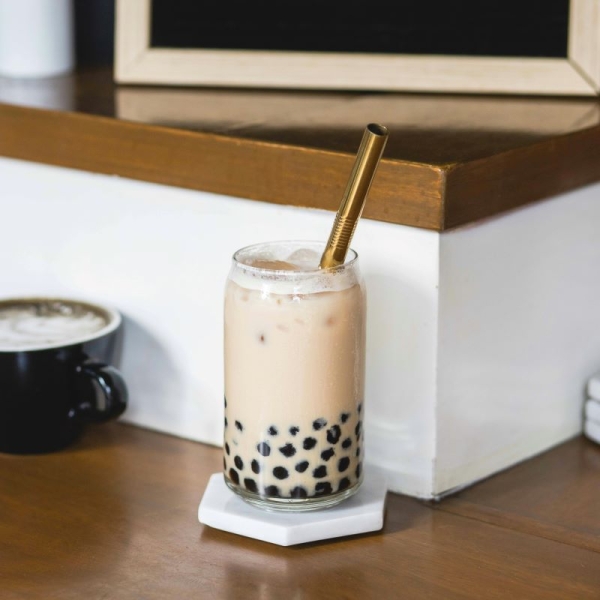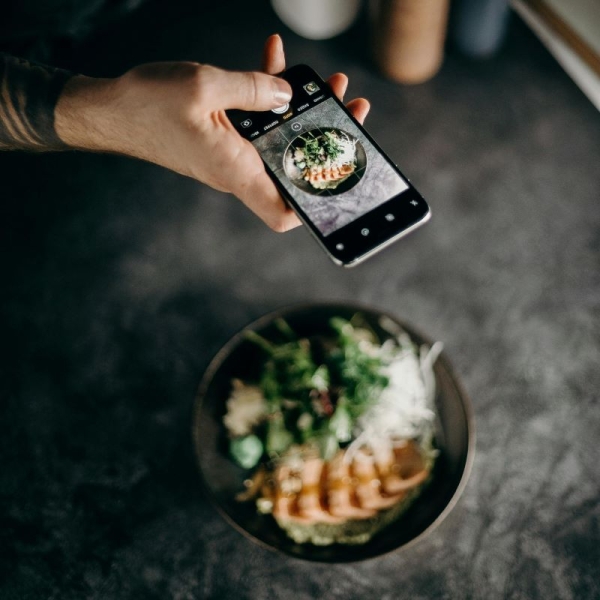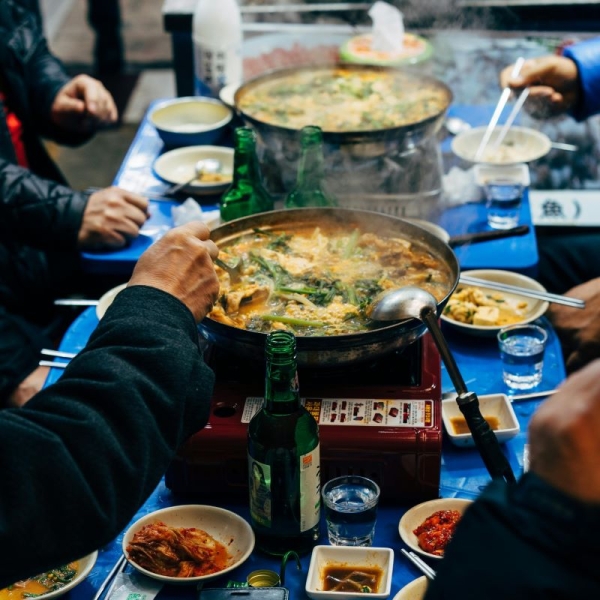05 Sep 2024 — Diet-tracking applications using Artificial Intelligence (AI) are gaining popularity, but experts warn of persistent information logging concerns. We continue our conversation on this topic with Dr. Juliana Chen, dietitian, lecturer and researcher of nutrition and dietetics at the University of Sydney, Australia, whose recent research raised concerns about the ability of AI to recognize non-Western diets.
“Our paper found that for Asian diet mixed dishes, apps generally had greater difficulty identifying individual food components via AI-enabled image recognition, in terms of identifying the individual components of the mixed dishes,” Chen tells Nutrition Insight.
The research, led by Chen, investigated 800 nutrition-tracking apps overall and 18 in-depth. Some were AI-logging-based, and some relied on manual logging.
“The study aimed to determine the comparative validity of dietary assessment from apps with manual food logging and AI-enabled food image recognition. We tested the accuracy of AI-enabled image recognition in mobile apps through meal images cooked by one member of the research team and used AI to identify and give an estimation of the energy of that food, drink or dish.”
Based on her and her teams’ findings, the dietitian recommends: “For clients from culturally and linguistically diverse backgrounds, use of these popular commercial nutrition apps should be cautioned.”
“Users should be aware that while AI-enabled food image recognition can simplify the process of logging meals, it might not always be accurate, especially with complex or culturally specific dishes.”

Apps struggled to identify Asian diet food components via AI-enabled image recognition.Recognizing non-Western cuisines
Chen’s team finds that AI-integrated apps struggle to estimate the energy content of dishes from non-Western cuisines correctly.
“Estimated energy by AI-enabled image recognition for Asian diet mixed dishes had large discrepancies compared to the reference method. When it comes to meals and drinks such as ‘Beef Pho’ and ‘Pearl Milk Tea,’ apps failed to identify individual components, with significant underestimations of energy of up to 76%,” she details.
“For example, the individual components in ‘Beef and Vegetable Stir Fry’ were identified by two apps — MyFitnessPal (version no. 24.10.0) and Foodvisor (version no. 5.15.0-1). While MyFitnessPal identified all four components, Foodvisor identified three out of four components. For the dish ‘Bibimbap,’ Foodvisor and Fastic (version no. 1.165.0) were able to correctly identify some of the components (3/6 and 4/6, respectively).”
She adds that when multiple mixed dishes are present in a meal, for example in Asian, Mediterranean or Middle Eastern cuisines, this can pose additional challenges in detecting all the foods present and limit usability for app-users with culturally diverse diets.
“To overcome this, one study in Taiwan used a deep learning model to train a food recognition app to identify meals classified as single dishes, mixed dishes and multiple dishes with high precision.”
Patients’ safety
Patients looking to improve the healthfulness of their diet through a food-tracking app should beware of the established inaccuracies, according to Chen.
“From our study, for the Asian diet, Fastic reported an over 20% overestimation of carbohydrate as percentage energy, while Lose It! (version no. 16.2.000) underestimated carbohydrate as percentage energy by 17% compared with the reference method,” she gives another example.

AI apps’ carbohydrate over- or underestimation poses considerable risks for patients with diseases such as diabetes.“Such overestimation of carbohydrate or underestimation poses considerable risks (e.g., poor glycaemic control and hypoglycaemic episodes) for patients with diabetes who rely on carbohydrate counting to calculate fixed-dose insulin.”
“Also, from our study, Fastic reported sodium levels of 34-fold above benchmark — likely due to an error in the measurement unit used or database error. This can pose a problem for people with conditions such as hypertension and cardiovascular diseases.”
The author explains that large energy discrepancies, in particular in energy outputs from nutrition apps, pose an issue for app users aiming for weight management. “For the 16 manual food-logging apps, energy was overestimated for Western diet (average of 1040 kJ over reference method) but underestimated for Asian diet (average of 1520 kJ under reference method).”
She asserts: “It’s advisable to double-check the app’s suggestions and manually correct any errors to ensure accurate dietary tracking. This is particularly the case for the foods that have been identified by the app as well the suggested portion sizes that are detected by the apps.”
Macronutrient and caloric tracking
Earlier this year, Nutrition Insight spoke to Dr. Susan Jung-Su Chang of the Taipei Medical University, Taiwan, about her investigation into AI nutrition tracking. She found that AI estimations of energy, carbohydrate and fat contents were accurate, but there was a substantial difference in protein estimation.
“The study by Dr Chang in Taipei compared data from the food composition database of the Taiwanese Food and Drug Administration using inputs from (AI chatbot) ChatGPT-3.5 and ChatGPT-4.0 with different parameters (+/-10%),” explains Chen.

“That study’s aim was to compare the reliability of ChatGPT-3.5 and ChatGPT-4 in providing information on the calorie and macronutrient content (carbohydrates, fats and proteins) for eight menus designed for adults.”
She says that it is unclear whether nutrition apps with AI integration are using the same AI technologies as ChatGPT.
“The aim of our study was to evaluate the features, quality and potential for behavior change of popular commercially available nutrition-related apps to determine their suitability for use in the nutrition care process,” Chen continues.
“In our study, for manual food logging, all apps found a difference of 2-8% for protein as a percentage of energy with highest discrepancies in the Asian diet. For AI-enabled food image recognition, the apps generally only provide estimated energy, rather than other macronutrients.”
By Milana Nikolova

